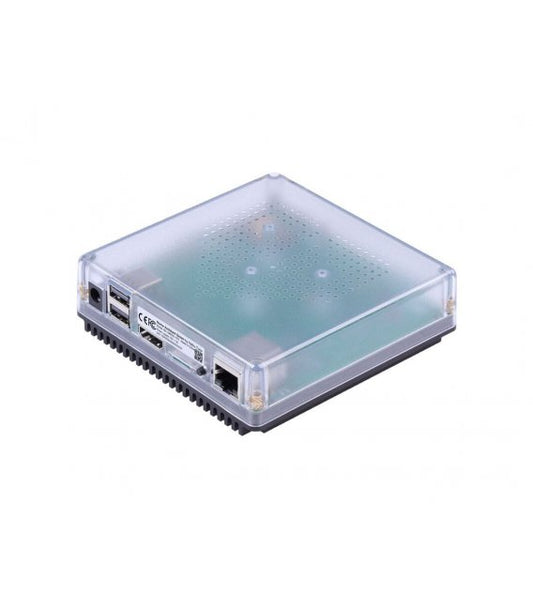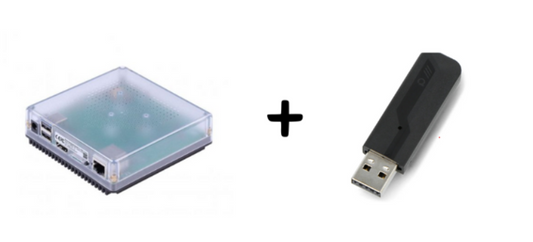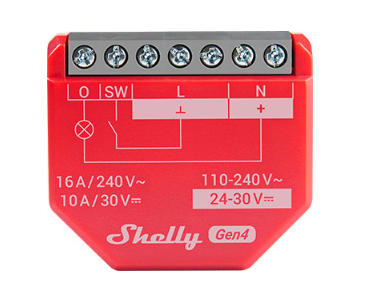Assistive Technology
Assistive Technology Australia

Smart Home Help for disabled people with assistive technology
The notion of a connected home with devices that could ‘talk’ to each other was once the stuff of science fiction but it is now part of the assistive technology concept. Today, the so-called Internet of Things (IoT) means home automation is easier than ever.
IoT has the potential to transform the lives of disabled people, giving them and the people who care for them peace of mind. For example, you can control IoT devices with smart speakers such as Amazon’s Alexa and Echo, while smart door sensors can monitor when someone leaves the house.
Combining these solutions can create a bespoke telemedicine-type solution without the need for more specialised equipment.
Check out our Smart Devices and Packages!
Click here to create your Oz Smart Things Account and Receive our FREE E-book describing our custom solution for Assistive Technology.
Creating a dementia-friendly home
The system combines a facial recognition door entry and home monitoring system.
It’s tailored to people with dementia as they can find it hard to remember people, and to make the right decisions about who should enter their house.
Using a Smart Home Controller, a PIR motion sensor attached to the individual’s front door detects motion and it triggers the camera to take a picture of the visitor. This image is checked against a database of ‘known’ faces. If the face is recognised, the visitor is prompted to scan their ID tag for two factor authentication. If the face and ID match, the door is opened.
Devices to make your home smarter
Less invasive than cameras, door sensors can be set to trigger messages when a door is opened. Rules can be set up to control the time of day these might be set for (only triggering if the front door is opened after sunset for example).
Electronic Door locks for trusted entry
Many makes of electronic door lock can be set up to allow remote unlocking so you can allow access to a trusted person should you be unable to contact your relative.
Motion Sensors for smart lights, and more
Motion sensors are useful as they can be connected to things like smart lights so that the lights are switched on automatically if they sense movement, avoiding the need to cross a room to get to a light switch at night. Some motion sensors can also be set up to detect an absence of movement providing some level of reassurance when it comes to the risk of falls and again are less intrusive than a camera.
Smart lights activated by voice
Smart lights can be set up to only come on between sunset and sunrise (and they can find out what this time should be based on your location as well as allowing you to set a standard adjustment should your home get darker sooner or later). They can be connected to a voice assistant; an Amazon ‘Alexa’ or Google Home so can be triggered by voice command or can be triggered by other sensors such as a door or motion sensor (below).
Voice Assistants to make a quick call
Voice assistants such as the Google Home and, more recently, the Amazon Alexa have both a call feature so a person can call a contact by voice request “Alexa, call Alice.” Alexa also has a ‘drop-in’ feature allowing specified contacts to begin a conversation.
Video doorbells
External cameras/video doorbells can monitor a property for movement and can message a person to let them know someone is calling. Many modern systems include 2-way communication allowing you to have a conversation with any caller as well as record an interaction or a face. Motion-sensing video cameras will also be able to let you know if someone, such as a vulnerable relative, leaves the property.
Home hacks for a safer environment
Leak Sensors: Home automation and monitoring also extends to sensors designed to monitor for things like leaks, but the same system can be set to check for taps left running for example. There are also systems that can automatically shut off taps.
Thermostats: The smart thermostat was one of the first widely implemented and whilst most of us familiar with thermostat-wars will recognise the how invasive adjusting someone else’s thermostat might feel, the ability to check on the temperature of the home of a relative you may be concerned about is undeniable, even if the advice would be to ring them to check whether they were comfortable.
Featured products
-
Home Assistant Green Smart Hub
Regular price $158.99 AUDRegular priceUnit price per$174.99 AUDSale price $158.99 AUDSale -
HA Smart Home Matter Hub
Regular price $219.99 AUDRegular priceUnit price per -
Shelly 1 Gen 4
Regular price $38.99 AUDRegular priceUnit price per -
Shelly 1PM Gen4
Regular price $44.99 AUDRegular priceUnit price per




